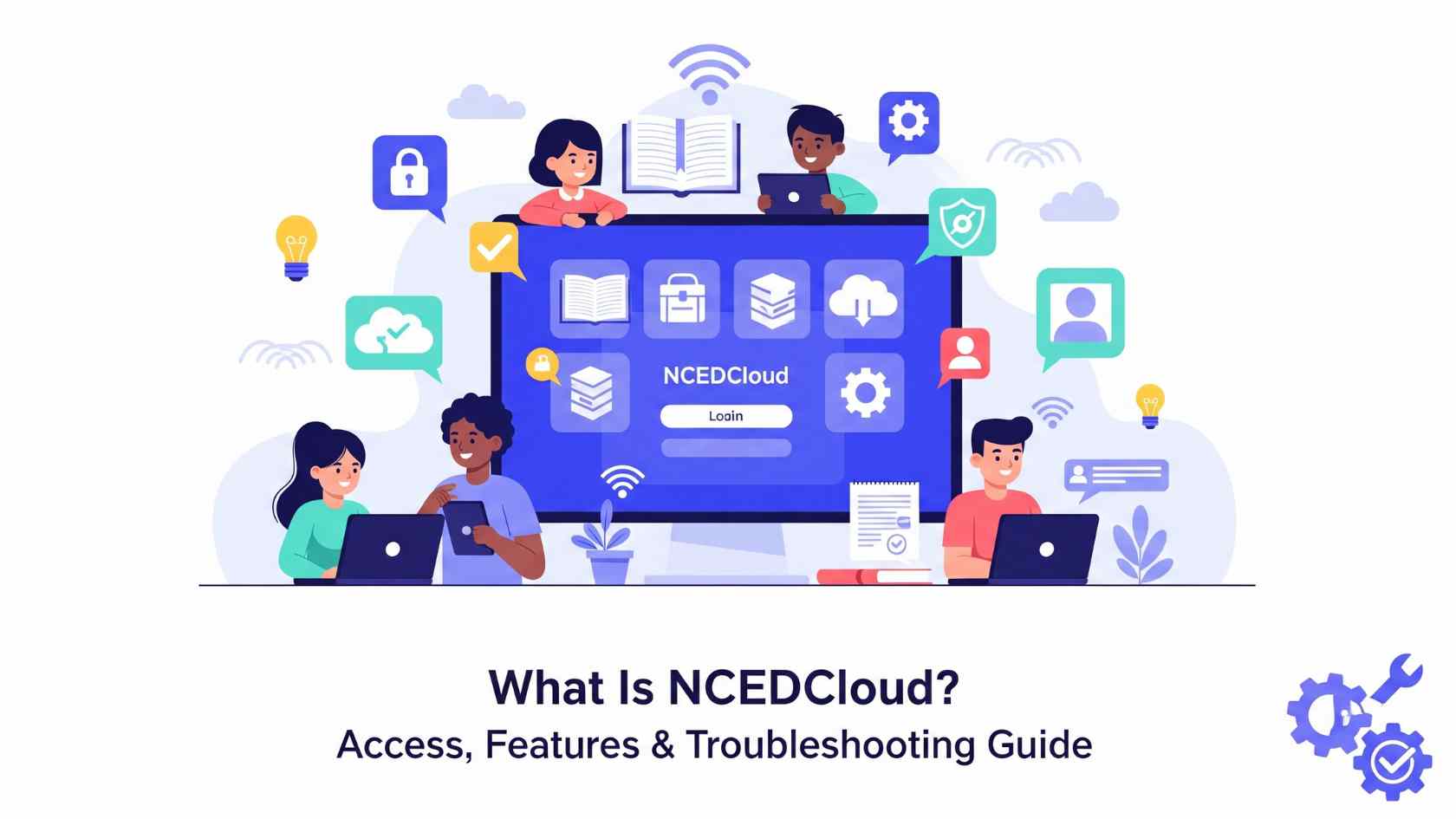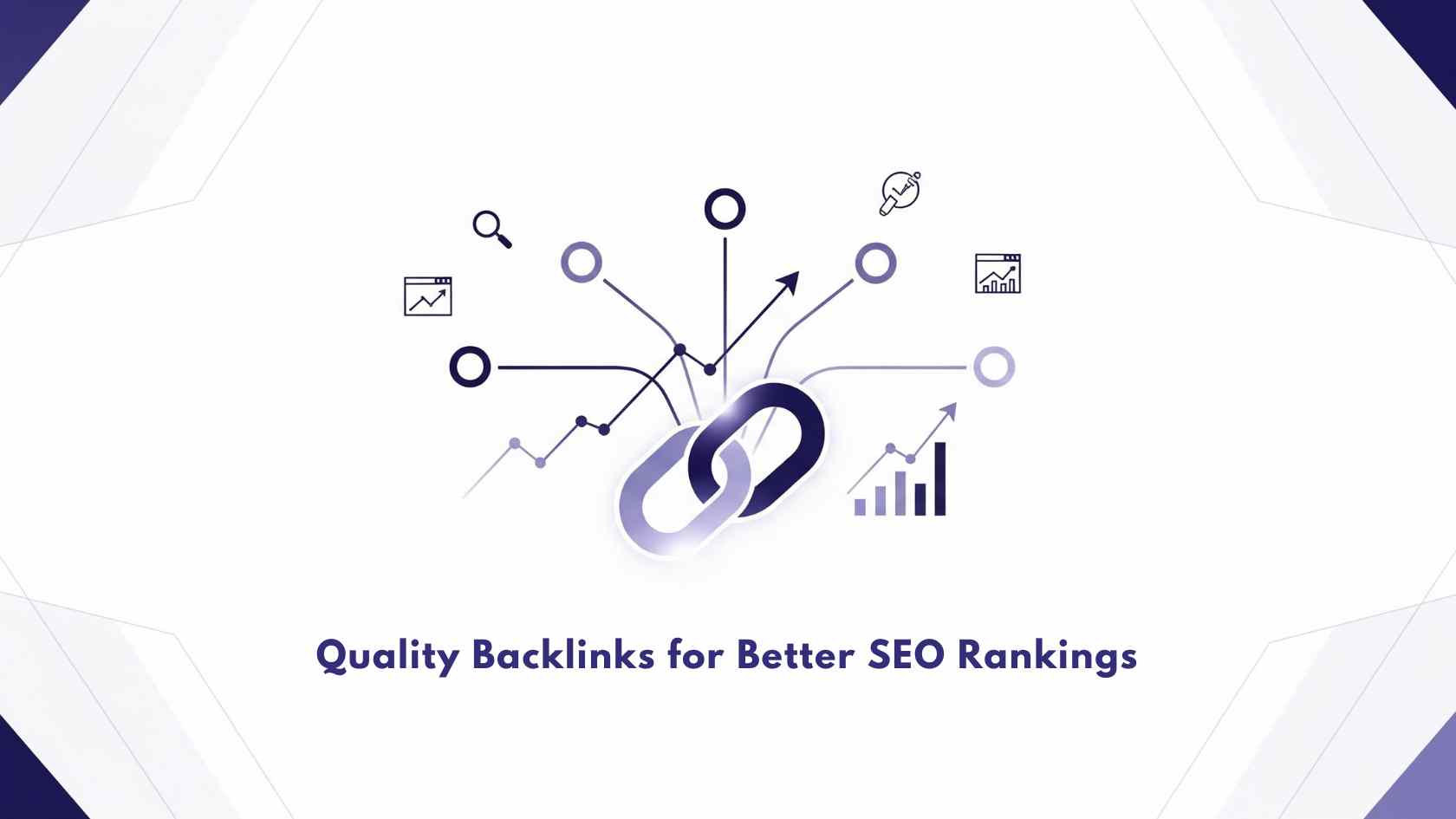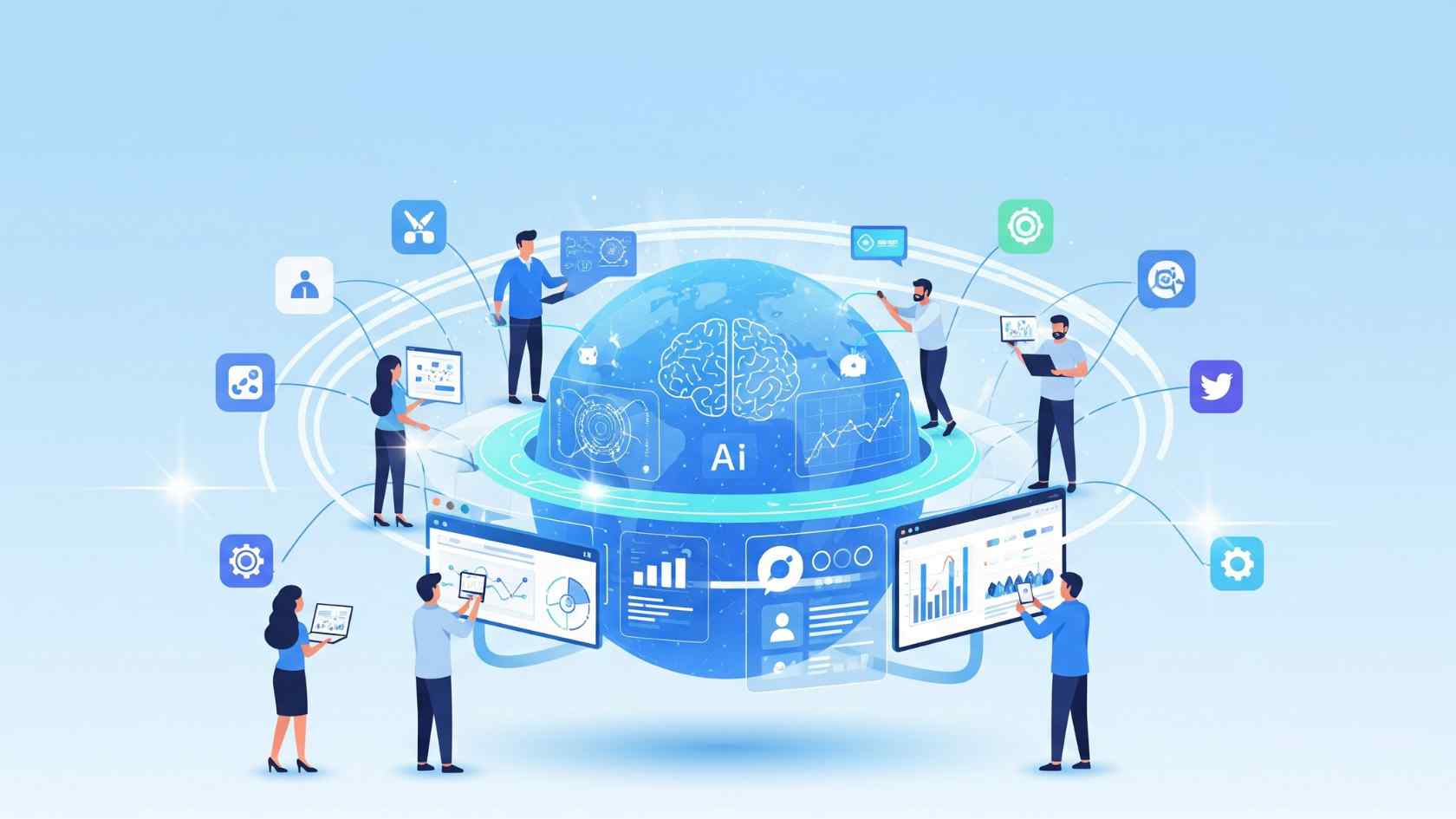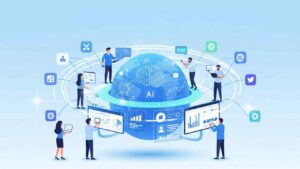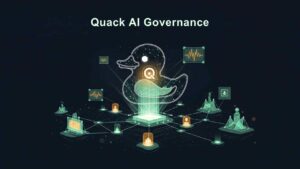In the fast-moving world of technology, conversational AI begins and ends with chatbots. Customer FAQs are no longer the only concern; it is about making everything smarter within the workflow, increasing accessibility and saving time-to-value. The software development sector is entering an era where scripted bots are no longer at the center of interest.
As more flexible and goal-oriented systems are gaining power instead of them, conversational AI use cases. As described in these conversational AI use-cases, progressive businesses are creating NLU-based experiences easy for both customers and employees.
Redefining Conversational AI in the Software Development Context
The conversation AI is not just user-friendly, but rather an architecture model. In essence, this AI helps systems to operate in unstructured language and turn it into structured commands or decisions. The thing that makes conversational AI more augmenting than automating is the integration, which takes place within ecosystems, having access level to read databases, making API calls and adjusting according to the user in real-time.

It includes the training of domain-specific NLU models, connection with other diverse systems (ERPs, CRMs, ticketing platforms). Another valuable source, which can assist them in the development of such systems, is the Google Conversation Design Guidelines, which contain the most important patterns in the context of developing enterprise-ready voice and text flow.
Use No. 1: Voice-Powered Workflow Assistants for Field Technicians
The setting in which field technicians operate in these hectic and physical conditions requires ready access to information, but in a hands-free format. They are also revolutionizing their inspection, repair and installation work by utilizing voice-powered assistants, based on this AI. These helpers are linked to the inventory systems, service records and problem-solving databases to provide the pertinent information on the spot.
They should be able to deal with the noise, accents and broken speech to work well. It is a conversational AI use case that demonstrates it is a productivity tool, not a novelty voice interface.
Use No. 2: Conversational AI in Enterprise Resource Planning (ERP) Systems
ERP systems are necessary, but they are usually complicated. Accessibility has been simplified using this AI that allows them to ask questions or to initiate actions in natural language. i.e. What is our accounts receivable per region or order 200 units when out of stock.
Developers have to create intelligent layers, which interpret speech to structured database calls, integrity checks and responses, ambiguous input and respond over multi-lingual, domain-specific interactions.
Use Case 3: AI-Powered Interview Assistants in HR Tech
Conversational AI simplifies HR work, because it can be used to pass the preliminary screening of candidates through chats or voice. These assistants examine qualifications, availability, soft skills and sentiment with the help of adaptive questioning. They modify queries in response and channel to recruiters in case of necessity.

The advanced systems provide summary, scores, and sentiment-based results, assisting the HR teams to develop more convenient and data-driven shortlists without losing the candidates along the way.
Use Case 4: Embedded AI Agents in Healthcare Diagnostic Tools
The conversational AI applied to diagnostic platforms is an AI-based technology that enhances and substitutes clinicians because it aims to support assessment with symptoms and medical guidelines. It poses specific follow-up questions depending on the history and treatment recommendations- e.g. determining between cardiac and GI causes of chest pain.
AI would have to follow the data regulation, provide an explainable reading. This AI is a component of the clinical co-pilot, which improves consistency and aids comprehensive evaluations, but does not automate a diagnosis.
Use Case 5: Conversational Interfaces in B2B Quoting and Configuration Engines
Enterprise level solutions (either SaaS license or industrial hardware) can be complex to configure and will require logic, dependencies and real-time pricing. This would be simplified by conversational AI as it would take users through the process of creating quotes step-by-step through natural language communication.
The system must then automatically create a quote, verify the dependencies and make all the relevant discounts and ask to be confirmed or changed. Rule-based engines augmented with generative NLP can be used by software teams to create quoting assistants.
Use Case 6: AI-Driven Coaching and Onboarding in Enterprise Applications
This AI agents are providing situational tips, walk-throughs and simulation-based learning. Decreasing end-user frustration and accelerating time-to-productivity. For example, when a user first enters the market with a CRM, they can ask a question like, ‘How do I make a contact group?’ and receive guidance through tooltips, voice commands, or side-panel instructions. These agents must closely integrate with UI states, permissions logic, and user segmentation models to ensure timely and accurate guidance.

Use Case 7: Conversational AI for Compliance and Audit Logging
Sectors like finance, healthcare, and legal cannot ignore compliance—it’s structural. Conversational AI enforces compliance by guiding users through required steps in natural conversations and logging every decision for audit reviews.
From a development perspective, it involves infallible logging systems, event monitoring, as well as explainable AI elements. It is not only that the conversational system is assisting, but it is even demonstrating compliance and traceability in all steps.
Use Case 8: Multilingual Knowledge Workers for Global Operations
One of the existing challenges of enterprises working with different geographies is the preservation of knowledge equivalence beyond the language. Conversational AI makes locally relevant and consistent operational knowledge equally available to employees across organizations and provides multilingual agents, without any manual translation lag.
Conclusion
Conversational AI is no longer a side door to digital experiences; it is the new front door. It takes more than technical expertise to be able to construct those systems; it takes a cross-functional cooperation, strategic thinking and extensive knowledge in how people use language and behave.
The actual innovation is to build systems and services that are responsive, adaptive and intelligent, just as people transition their way of clicking to that of chatting. To developers and organizations, the message comes loud and clear. Do not only build tools, but build understanding.



